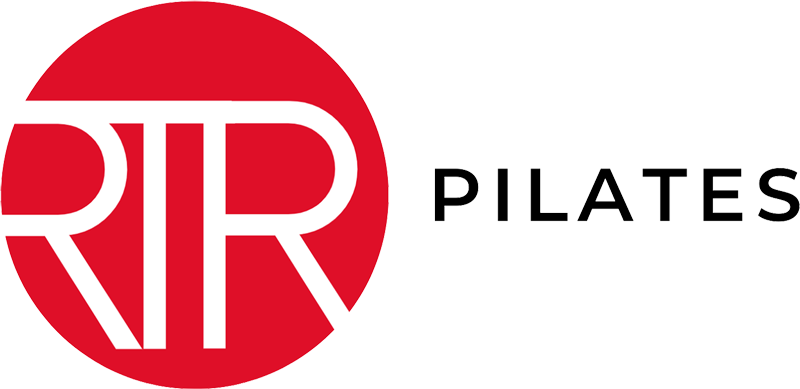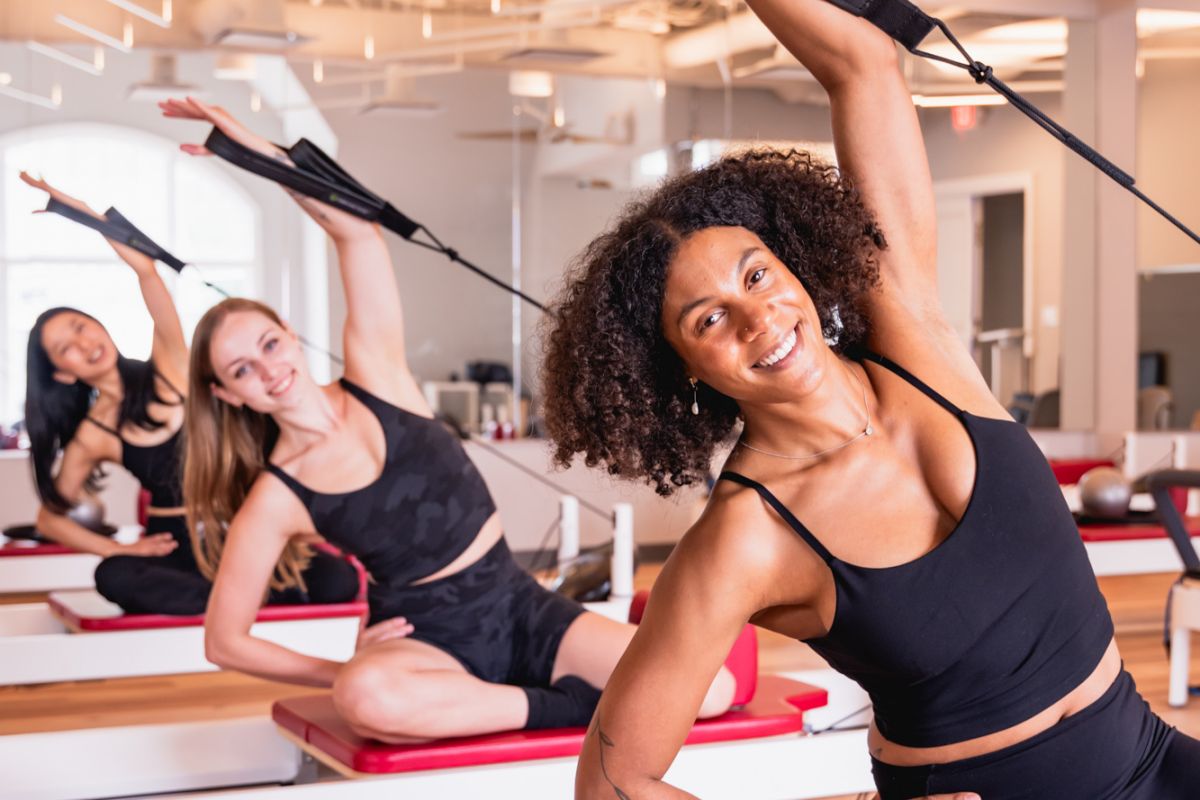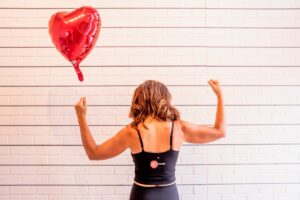 Pilates is a great exercise option for people who want to keep their bodies strong and adaptable while burning calories. Reformer Pilates uses an adjustable machine to create resistance or assistance depending on a person’s skills, abilities, and needs.
Pilates is a great exercise option for people who want to keep their bodies strong and adaptable while burning calories. Reformer Pilates uses an adjustable machine to create resistance or assistance depending on a person’s skills, abilities, and needs.
During back exercises, a reformer can help participants support and articulate their spines. Whether you are new to Pilates or a seasoned enthusiast, it’s always fun to try new exercises or variations to give your body a creative workout.
Here are some effective Reformer Pilates exercises to strengthen and support your back!
The Bridge With Hamstring Curl
Place your feet on the reformer’s foot bar about the same distance apart as your hip bones. While lying down on your back, press your feet against the foot bar for leverage to lift your hips while keeping the carriage still and parked all the way in.
Tuck your tailbone and slowly roll up one vertebra at a time, curving and articulating through your spine. This is called an articulating bridge. The hamstring curl element requires you to bring the reformer’s carriage out and then back in while your pelvis is raised off the mat.
Once you have returned to the starting spot, gently roll back down with your tailbone being the last thing to touch down on the mat. This movement helps to articulate your spine and keep you flexible while building strength in your hamstrings and glutes!
Planks
Planks require a lot of core strength because you primarily use your core muscles to hold your body straight and upright. The reformer allows for many variations of the plank, whether you’re facing sideways or downward.
One basic version has participants bracing themselves on their forearms on the carriage part of the reformer. Then, by pushing away from the footplate, they extend the body outward, holding their position using their core strength before returning to the starting position.
There are many variations to create more advanced options or to target specific muscles depending on your goals. One modification for beginners includes planking on your knees instead of your toes.
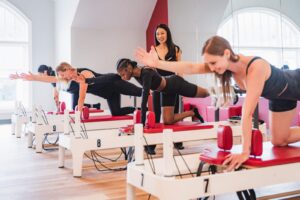 It’s also possible to do side planks using a similar strategy to target your obliques. Instead of bracing yourself face-down, brace yourself using only one forearm while facing sideways.
It’s also possible to do side planks using a similar strategy to target your obliques. Instead of bracing yourself face-down, brace yourself using only one forearm while facing sideways.
Why does such a core-centric exercise matter for the back? The core muscles play an important role in keeping the spine straight and the hips aligned, offering support so that your back can maintain good posture.
The Hundred in Tabletop
The tabletop position in Pilates has participants lying on their backs with their feet lifted and knees bent, which can help reduce strain on the hips and spine while strengthening the muscles that support them.
From this position, hundreds further engage the core and bolster the muscle groups responsible for good lower and middle back postural alignment.
The hundred comes in many variations, but all have one thing in common: supporting raised legs using the core and surrounding muscles while pulsing your arms. On a reformer, you can use the arm straps in this position to add weight and create a new experience compared to on-mat hundreds.
Riser Pulls
This exercise utilizes the resistance on the reformer to target the back and arms. There are many variations to this, but the most common is lying on your stomach on the long box. Holding the risers at the back of the machine allows you to work against the resistance of the springs by pulling yourself all the way to the back of the machine while lying on the box.
The riser pull forces the body to brace and exert pressure using a wide range of muscles that support the back: the hips, core, shoulders, and arms. You can vary this exercise by using different springs and hand positions and adding holds or pulses.
The Swan Stretch
While lying on your stomach on the reformer’s long box, face the foot bar and push away from it with your arms until they are fully extended. Then, by raising your upper body to look up towards the ceiling and pressing your hips down into the box, bring the box back toward the foot bar. This movement extends the spine.
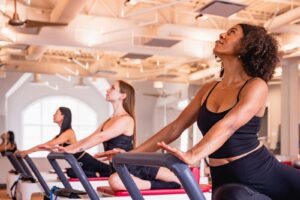 By extending your spine, you can boost flexibility and mobility to avoid stiffness and pain. You’ll also be working on shoulder movement, which helps establish complete motion through the entire upper back area.
By extending your spine, you can boost flexibility and mobility to avoid stiffness and pain. You’ll also be working on shoulder movement, which helps establish complete motion through the entire upper back area.
As you lift your head, you want to prevent letting the shoulders lift towards your ears so that you open through your chest and keep pressure out of your neck.
Keep Your Back Strong With Reformer Pilates!
Pilates offers so many benefits, from mindfulness practice to increased flexibility. It’s possible to target your back on a reformer in ways that regular mat Pilates can’t — and as an added benefit, the reformer adds incredible variety to your exercise repertoire, keeping your workouts new and exciting.
The expert instructors at RTR Pilates are always eager to show our class participants how to make the most of their exercises on the reformer. If you’ve never used one before, that’s okay! We’ll help you get started. Contact RTR Pilates to sign up for a beginner class or learn more about our higher-level classes.
